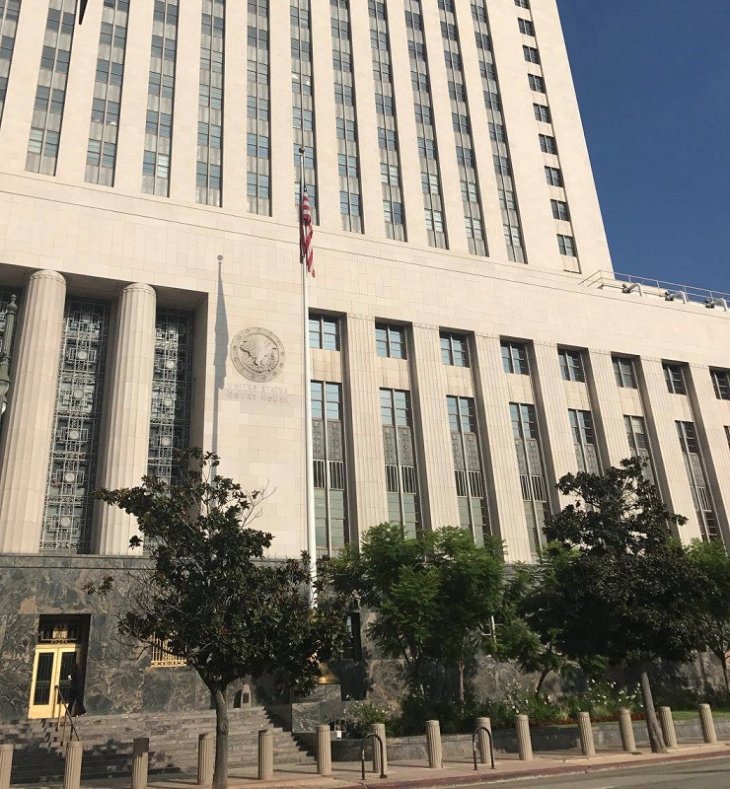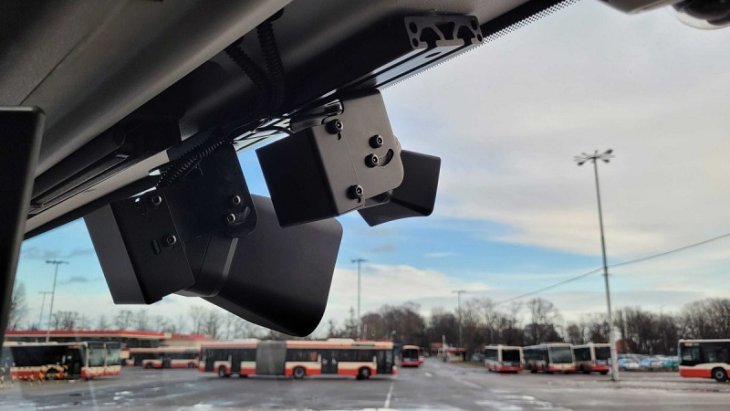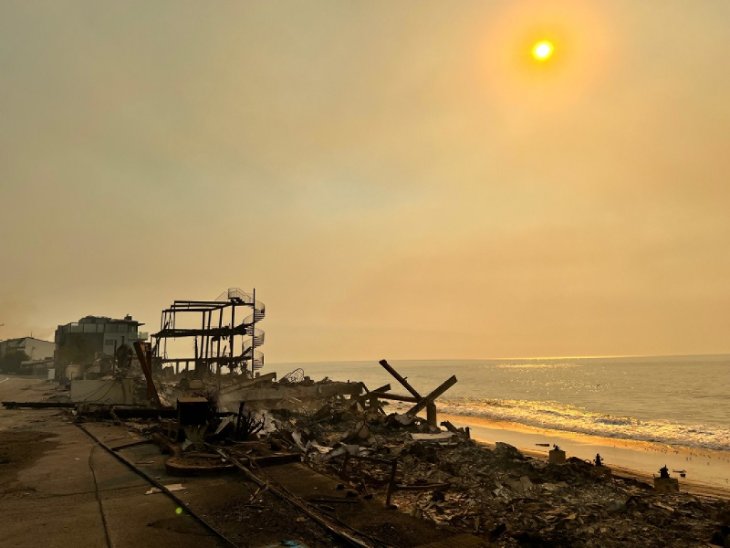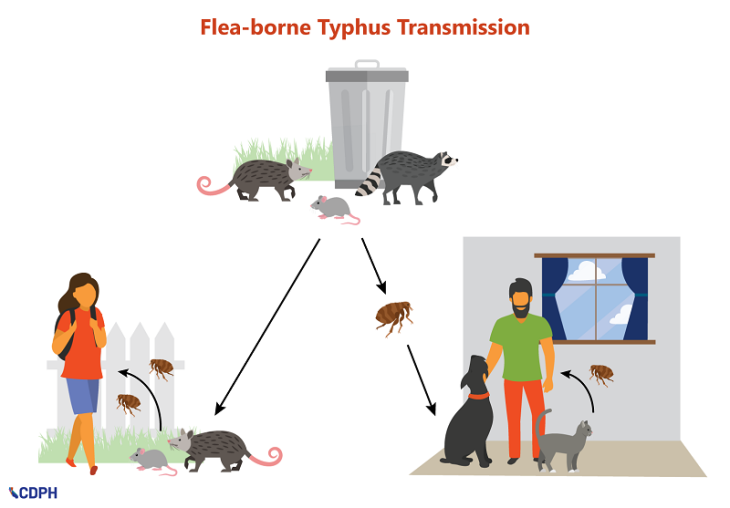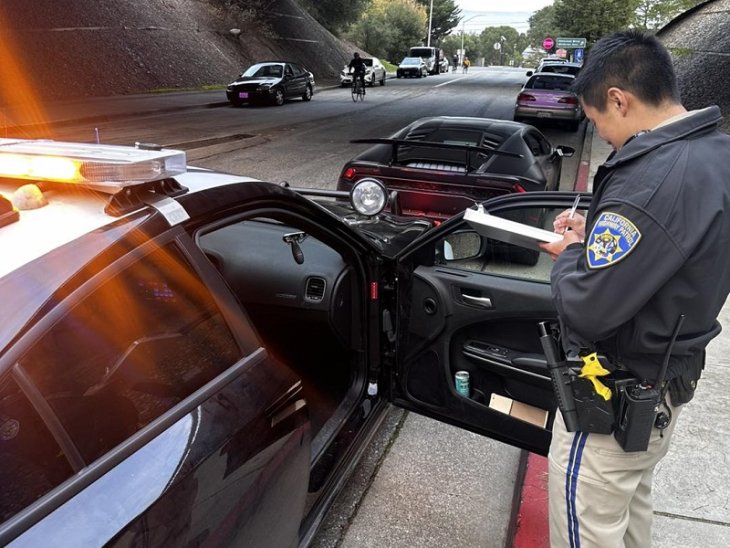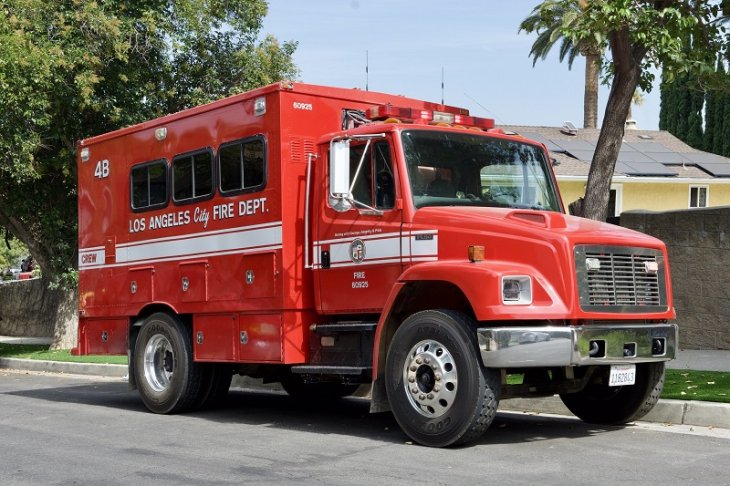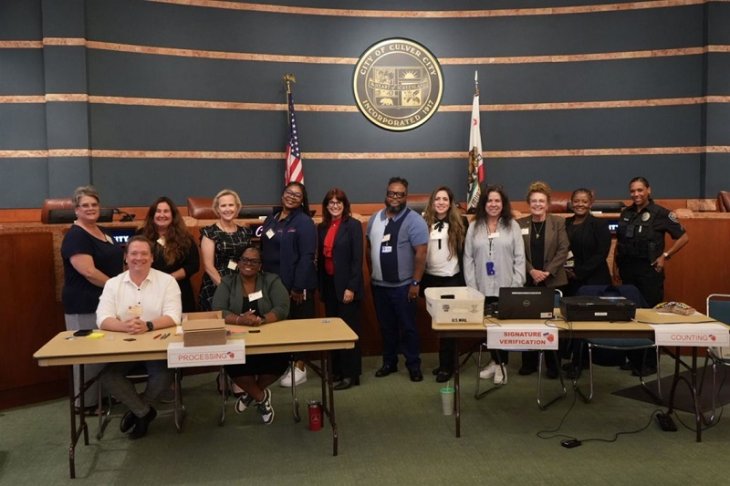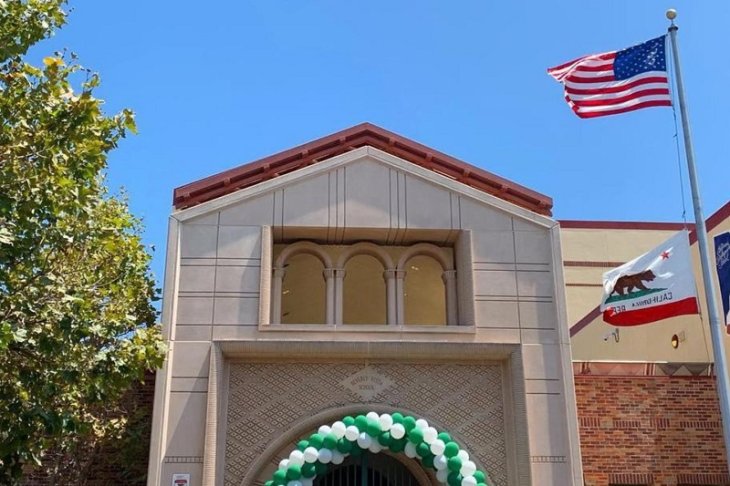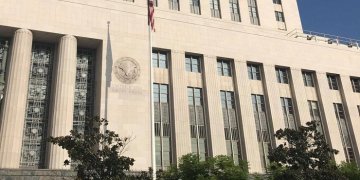The Los Angeles Fire Department will begin releasing verified response time data to the public once a month, and firefighters will begin having regular conversations about how they can improve their performance using the data they collect, Mayor Eric Garcetti and Fire Chief Ralph Terrazas announced today.
The emergency response agency has been plagued by questions over the accuracy of its response time data, ever since department officials admitted in 2012 the data they had been releasing showed firefighters were responding faster than they actually were.
Officials at the time blamed the inaccurate data on a faulty process for crunching the times recorded in their dispatch system.
The Los Angeles Fire Department website, http://lafd.org/performance, will now publish monthly updates on average citywide response times, as well as response time data at each of the city’s 112 fire stations.
The website currently has information showing monthly response times from January 2013 until September 2014.
Officials also said the data is much more reliable. The statistics on the department’s website has been triple-checked internally by a newly hired fire department statistician, and by two outside experts, the consultant firm Palantir, and Craig Uchida, who heads the Justice and Security Services, the mayor’s office said.
Garcetti said while he was on the City Council, he and his colleagues “agreed … that the data stunk.”
“We didn’t know if it was real,” he said. “Today we have accountability.”
He said no other fire department has ever implemented a triple-verification system, and as a result the fire department leaders will be able to make decisions “based on real information — and that’s empowering.”
Terrazas said the department’s new data-driven approach marks “an important milestone” for LAFD. He added “the programs underway … aren’t simply about crunching numbers or data for the sake of data,” but are also about “transparency and improving performance.”
Garcetti said the ultimate goal is to improve fire department response time, and said he thinks the department can shave “10s of seconds” off current response times.
Based on data posted on the fire department website today, in September, it took firefighters on average of 1 minute 15 seconds to get ready, and 4 minutes and 2 seconds to reach their destination citywide. The data also includes how long dispatch calls last, which in September was an average of 1 minute and 14 seconds.
The mayor’s open data portal, https://data.lacity.org/, also will post raw data of how quickly firefighters are responding to emergency and fire calls. It now contains 2.1 million call records going back to 2013 that the public can access.
The department is also starting a citywide implementation of FireStatLA, a process for fire officials to talk about and collect data and running statistics about its performance.
It began as a pilot in March 2014 and at least 80 percent of the battalions have met at least once in the past year.
Fire officials will study the data to find trends in how well services are being rendered, the types and locations of emergency calls and how much aid or resources are needed in different parts of the city.

